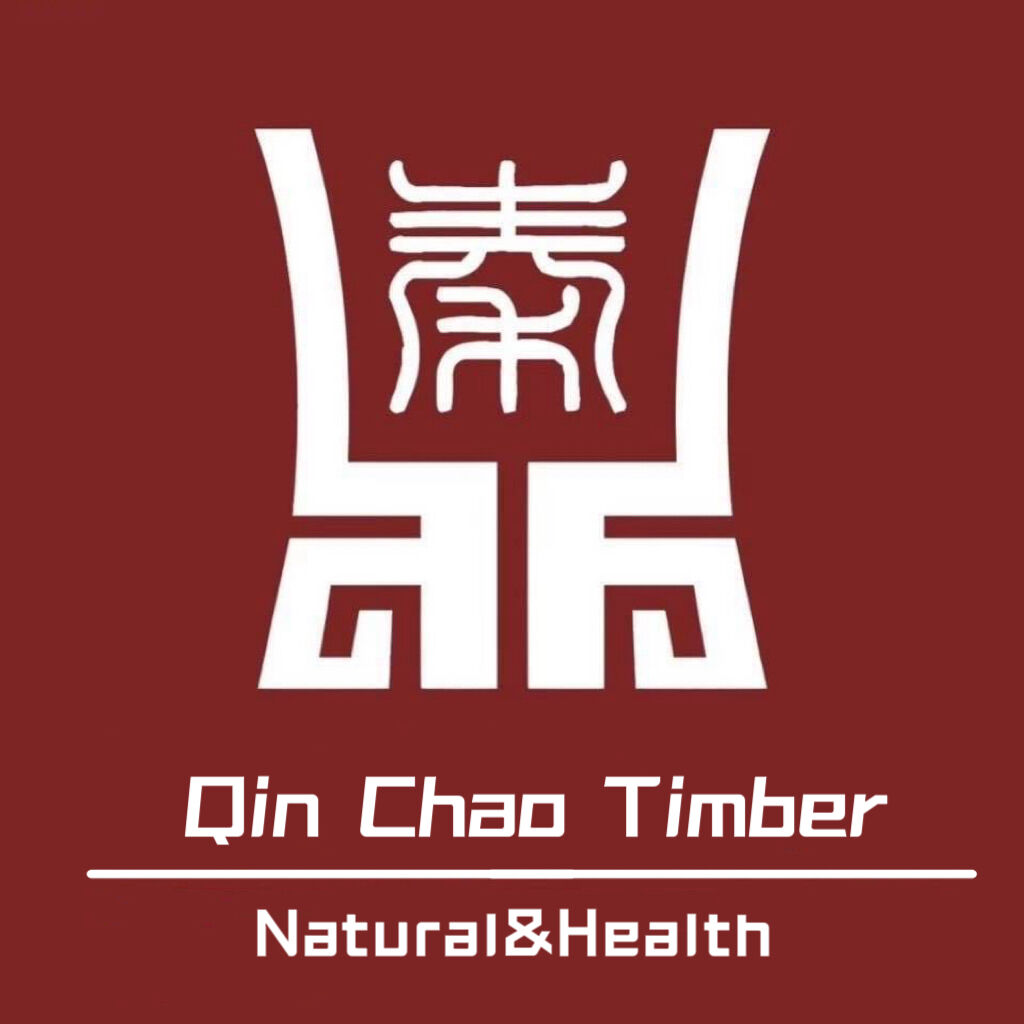Shou Sugi Ban, the Japanese practice of burning wood, has recently been used in modern construction due to its beauty and strength. This approach captures the aging process while reinforcing the woodâs natural resistance to insects, all of which make it a great candidate for contemporary architecture.
The History of Shou Sugi Ban
Shou Sugi Ban dates back roughly three centuries in Japan where craftsmen developed it mainly to protect cypress wood when constructing homes and temples across the country. The method works wonders against rot and pests because they actually burn the wood as part of the treatment process. Pretty clever really. With sustainability becoming such a big deal these days, architects are starting to bring this old Japanese trick into contemporary buildings. Not only does it look amazing with those distinctive charred patterns, but the treated wood remains strong and durable too. Some designers even talk about how it adds character while keeping maintenance costs low over time.
Benefits of Using Shou Sugi Ban in Modern Design
Shou Sugi Ban gives wood an extra layer of protection that really extends how long it lasts, plus makes it stand up better against bad weather. When used outside on buildings, this charring process creates those distinctive blackened patterns that actually make the wood stronger and need less attention down the road. The technique not only preserves the material but also adds character to architectural designs. Many architects love working with this method because they can create contemporary looking buildings that still have the warmth and texture of something old fashioned. Some amazing projects around the world showcase this contrast between modern construction techniques and traditional Japanese wood treatment methods.
Environmental Consideration and Sustainability
Shou Sugi Ban offers a sustainable solution through its unique process of burning wood surfaces with charcoal, creating weather resistance that stands the test of time. Originating from Japan centuries ago, this traditional method has become increasingly popular as an environmentally friendly building practice. The technique relies on locally sourced timber and minimizes chemical usage, significantly cutting down carbon footprints compared to conventional methods. What makes Shou Sugi Ban particularly appealing is how durable the treated wood becomes. Since it lasts much longer than untreated alternatives, there's simply no need for frequent replacements, which means less waste ending up in landfills over time. Builders who adopt this approach often find themselves contributing to greener communities without sacrificing quality or aesthetics.
Contemporary Architecture and Shou Sugi Ban
Architects and designers around the world are increasingly turning to Shou Sugi Ban because of how versatile it is for all sorts of buildings, whether they're designing homes or even car showrooms. What makes this material so popular is that it works just as well in contemporary settings as it does in traditional ones. Builders can create really impressive eco-friendly projects without damaging the surrounding landscape too much. Many structures now showcase this old Japanese method, which adds a certain elegance to whatever project incorporates it. Some people actually prefer the look of charred wood because it brings warmth to otherwise cold modern spaces.
Innovations on Treatments of Wood Used in Design and Architecture
The ancient Japanese method of Shou Sugi Ban charred wood seems poised for a comeback in modern architecture circles. These days architects face real challenges finding ways to merge practicality with visual appeal without compromising on eco-friendly principles. What we're seeing across various projects is an increasing interest in adapting traditional techniques to contemporary needs. Some experimental applications already incorporate alternative timber species treated with different finishes that maintain structural integrity while offering unique aesthetic qualities. As environmental concerns continue shaping building decisions, expect to see more creative adaptations of time-honored practices like Shou Sugi Ban appearing in both residential and commercial spaces.
The practice of wood preservation goes beyond Shou Sugi Banâit is a practice whose core lies in modern architecture. Because it's beautiful, long-lasting, and eco-friendly, it can be perfectly blended into contemporary designs which means there is plenty of potential in this ancient technique.


 Products
Products